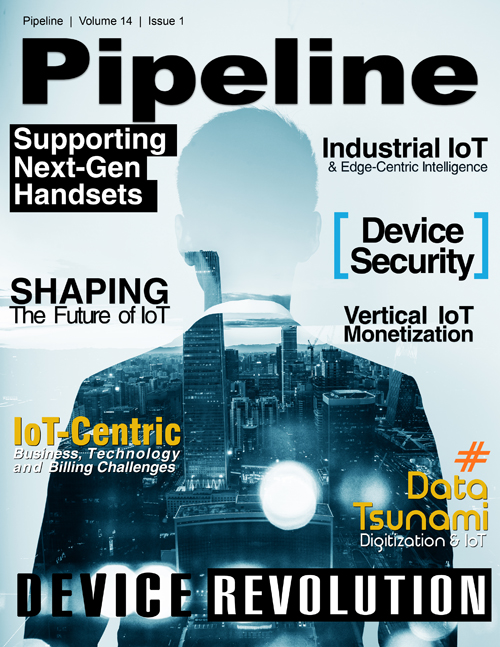IoT Monetization Starts with a Vertical Approach
The move to real time and the use of next-generation BSS would become critical factors not just for IoT relevance and long-term success, but for a greater and more holistic customer relationship across the entire delivery chain. For a CSP, greater granularity, more personalization and greater accuracy in billing, particularly outside the traditional intervals of a typical batch 30- or 60-day billing cycle, would create more flexible revenue-generating opportunities.
Additionally, real-time data management would improve the customer experience with enterprise customers. Real-time transaction management would also give customers the potential to access up-to-date levels of IoT activity electronically — something many have come to expect from their CSP for other services. For enterprises, the cost of IoT services from the CSP would hopefully be recooped many times over, thanks to real-time disaster prevention capabilities that would now become available in real time.
This B2B IoT monetization process would represent just one direct CSP/enterprise partnership engagement model. For many other enterprises, the use of an intermediary "enablement" partner might prove a better fit, particularly in cases where dedicated enterprise resources may not be available to help manage the IoT ecosystem. In those cases, IoT assets would be enabled using a third party who, in turn, would set up the relationships with the CSPs, and thus create a three way value-added relationship. This use case would work for the water utility example or a wide range of other opportunities, such as management of sensors on construction equipment, logistics-related components for shipping, cameras, or devices used in a security offerings, and so on.
As IoT represents a big opportunity for service providers, CSPs thankfully know how to bill for services and should make sure that every vertical-centric IoT business model is designed around a core monetization process. In cases where CSPs could successfully work with verticals, owning the IoT monetization models and processes would make sense. For business cases where vertical knowledge may be limited, it would make more sense to capitalize on using partners that provide isolated technology elements, support and customer management, with CSPs providing the BSS infrastructure to monetize the IoT services for themselves and any enabling partner.
For CSPs to be successful enough to capitalize fully on IoT, cloud and other network trends transforming the communications industry, they will need to identify and collaborate with partners that can enable innovation across all channels, product lines, and customer segments. The construction and management of a diverse, open strategy around vertical IoT offerings and a rich partner ecosystem has never been more important than now. This strategy will better guarantee success for emerging services, as well as mitigate the need for blank stares or avoided conversations about where the money will be coming from.



















